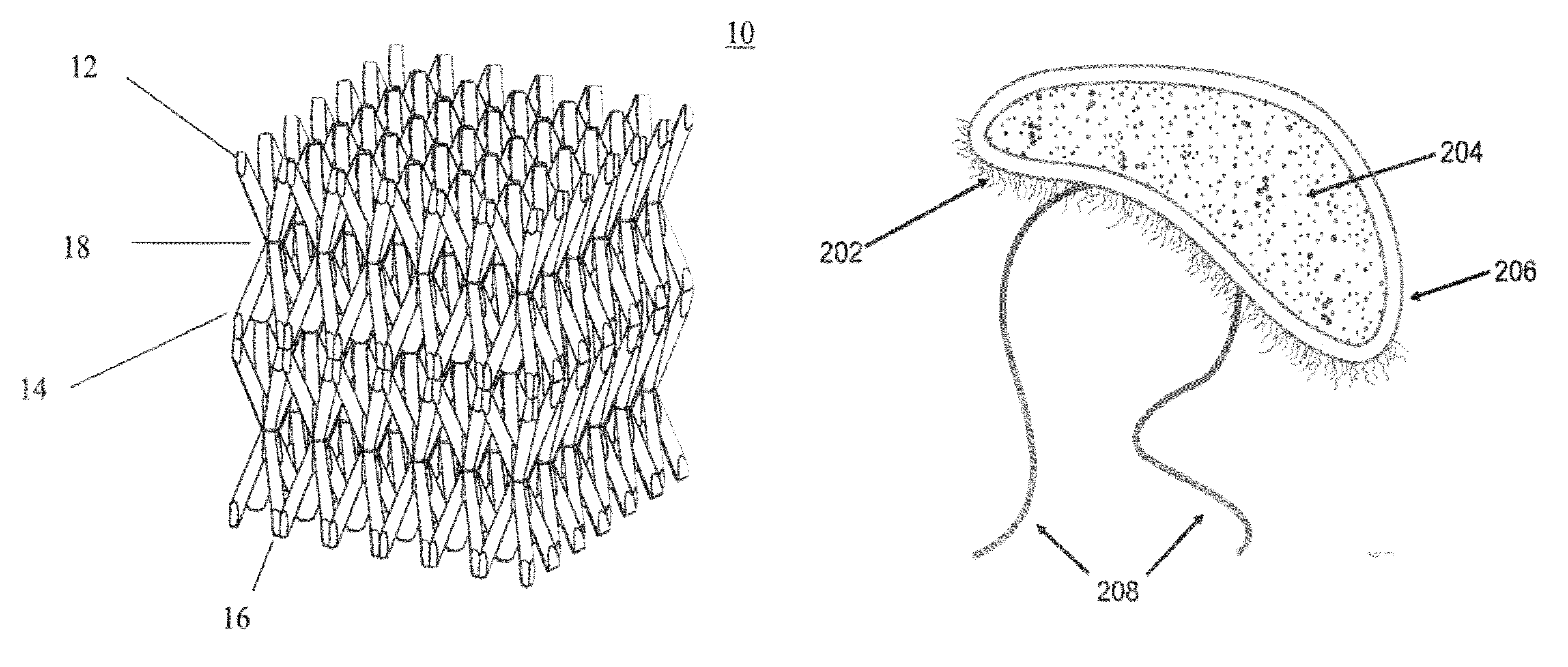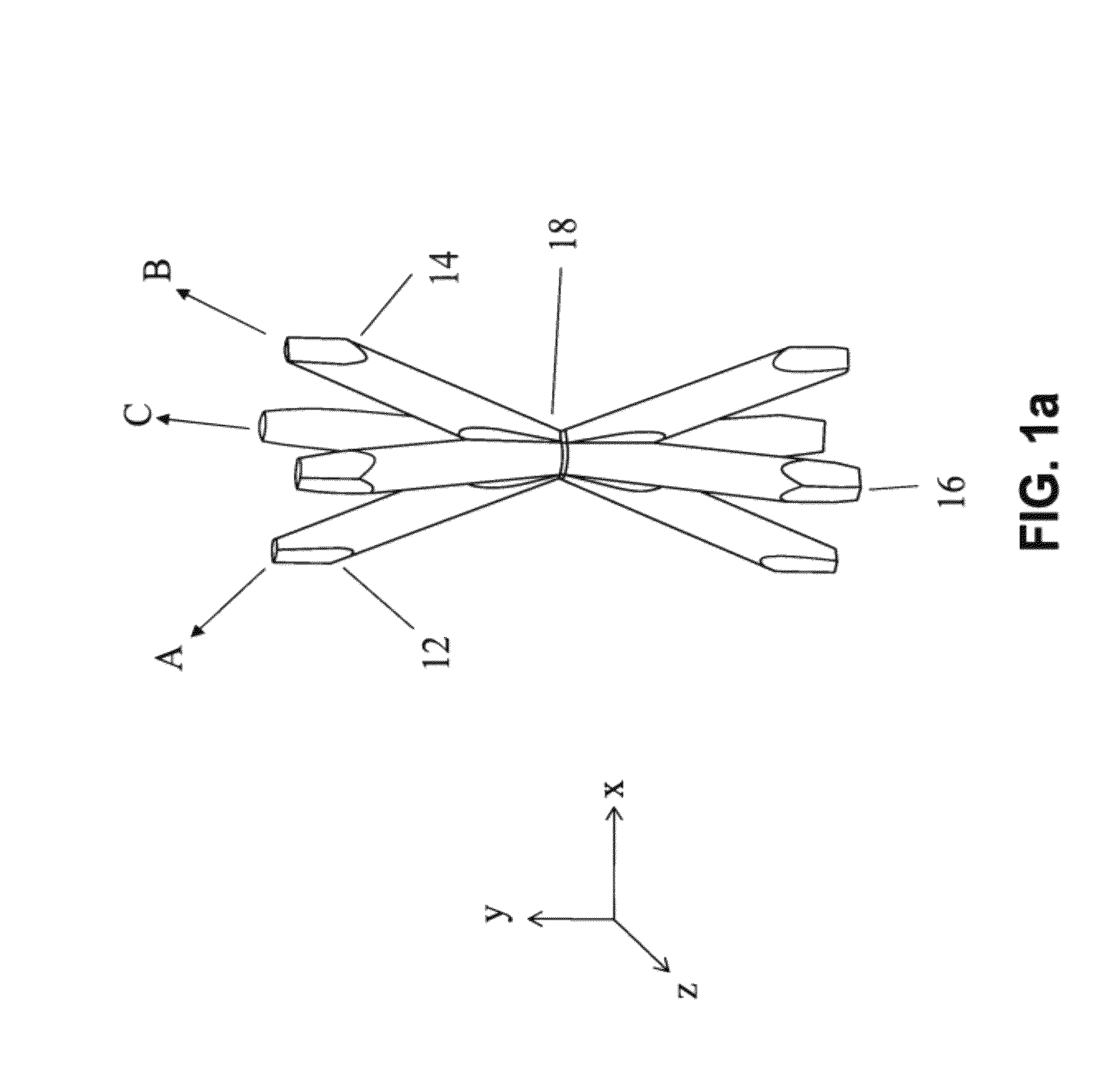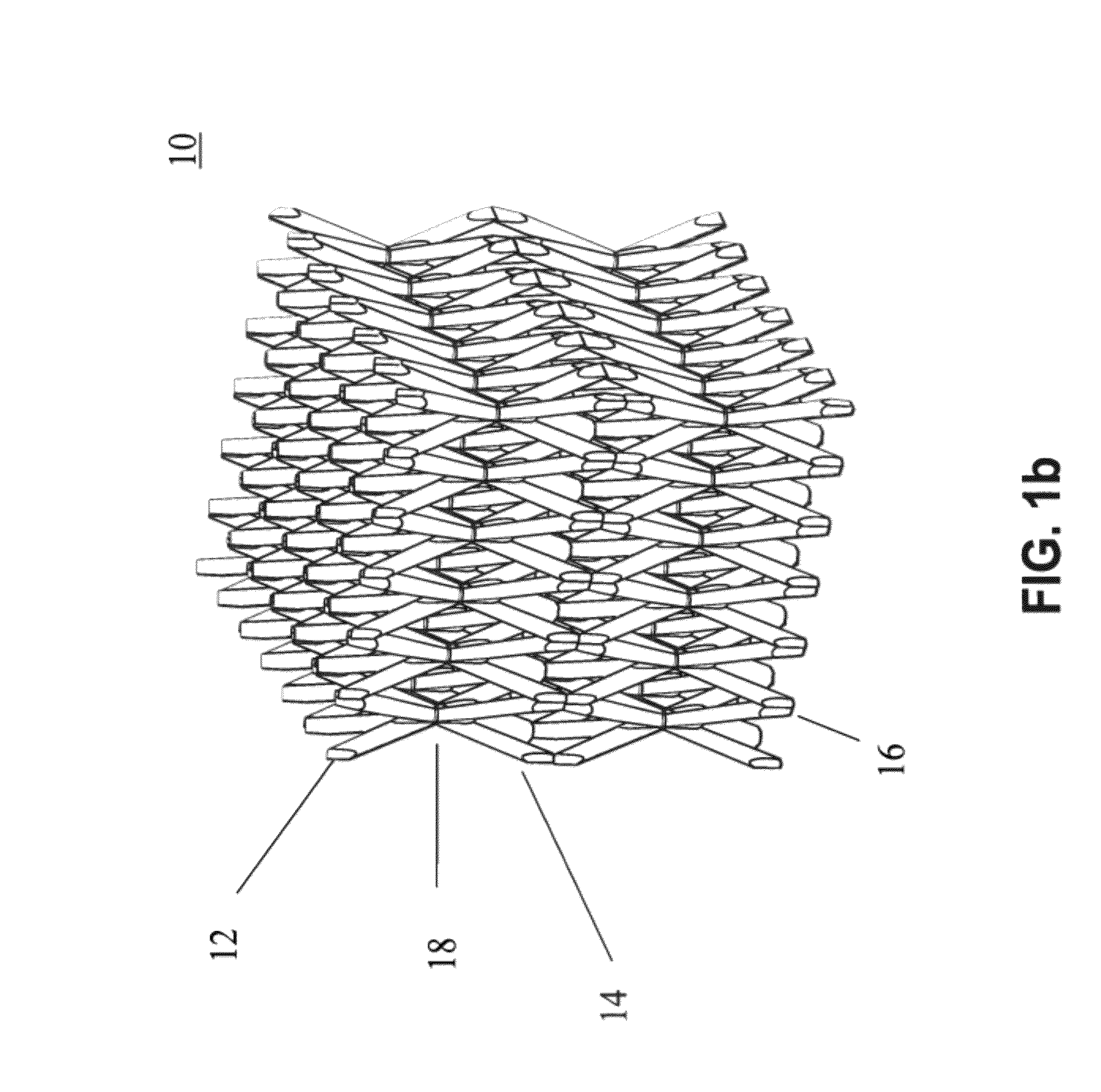Methods and apparatus for increasing biofilm formation and power output in microbial fuel cells
a fuel cell and microorganism technology, applied in the field of fuel cells, can solve the problems of low power density, general unsatisfactory mfcs, and inability to proliferate, and achieve the effects of increasing power output, increasing power output, and low resistan
- Summary
- Abstract
- Description
- Claims
- Application Information
AI Technical Summary
Benefits of technology
Problems solved by technology
Method used
Image
Examples
example 1
[0081]Prototypes of embodiments of this invention have been constructed and tested. The fuel cell apparatus shown in FIG. 10 is one embodiment.
[0082]The microbial fuel cells were set up using the following procedure.
[0083]Electrogenic Microorganisms:
[0084]Geobacter sulfurreducens was grown in anaerobic acetate-fumarate (NBAF) medium (Coppi, M. V., Leang, C., Sandler, S. J., and Lovley, D. R. (2001) Appl. Environ. Microbiol. 67:3180-3187) containing 10 millimolar (mM) acetate as the electron donor and 40 mM fumarate as the electron acceptor. Mixed colonies was obtained as anaerobic digester sludge from the Tapia Wastewater Treatment Facility (Malibu, Calif.) and used as received within two days.
[0085]MFC Assembly:
[0086]The flow-through cell illustrated in FIG. 10 and used in these experiments was constructed from two pieces (7×7×1.1 cm) of machined acrylic glass, one having the anode compartment 112 with dimensions (1.9×1.9×0.8 cm) and the other the cathode compartment 114 with dimen...
PUM
| Property | Measurement | Unit |
|---|---|---|
| surface area | aaaaa | aaaaa |
| width | aaaaa | aaaaa |
| width | aaaaa | aaaaa |
Abstract
Description
Claims
Application Information
 Login to View More
Login to View More - R&D
- Intellectual Property
- Life Sciences
- Materials
- Tech Scout
- Unparalleled Data Quality
- Higher Quality Content
- 60% Fewer Hallucinations
Browse by: Latest US Patents, China's latest patents, Technical Efficacy Thesaurus, Application Domain, Technology Topic, Popular Technical Reports.
© 2025 PatSnap. All rights reserved.Legal|Privacy policy|Modern Slavery Act Transparency Statement|Sitemap|About US| Contact US: help@patsnap.com



